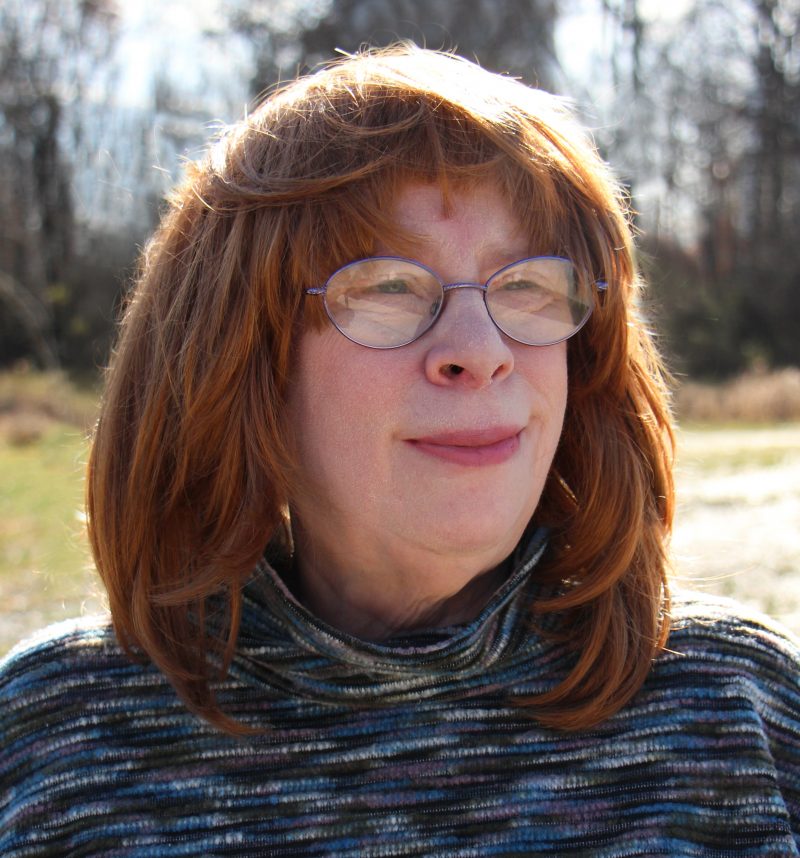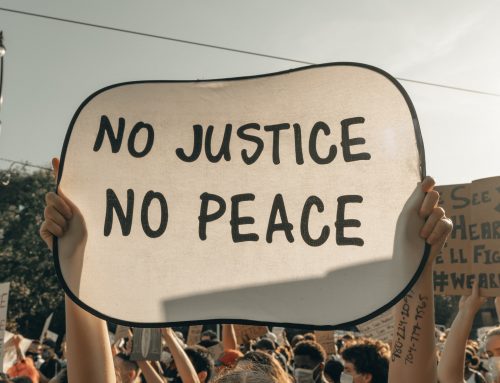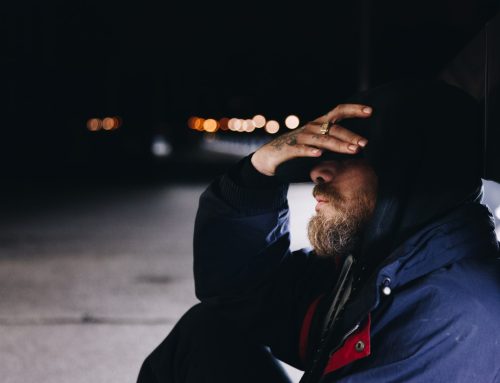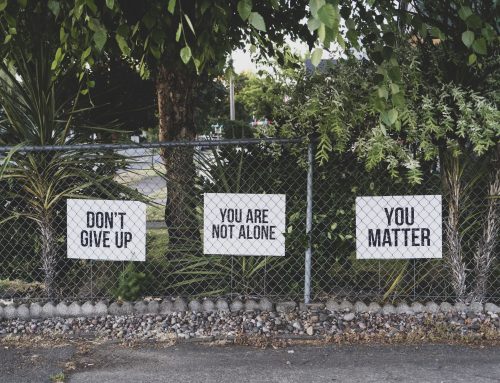It has taken me over four decades to get a proper diagnosis and treatment. Here’s how the journey went.
I knew when I was a child that there was something wrong with me. That was all too clear. I was told I was “too sensitive,” which meant to me that there was something wrong with me that I didn’t know how to fix. I think now that it meant that bullies found it too easy to get under my skin. But I didn’t have a clue as to how not to care what other people said.
I was sad and lonely a lot. I cried at songs that were not remotely downers. I had a major meltdown – numbness, hysterical crying, unwillingness to communicate – after being humiliated by a supposed friend at a party. My parents, as far as I know, never considered getting me to a therapist. So no diagnosis.
In junior high, my anxiety took the form of a nervous twitch in my neck that jerked my head to the side. It was extremely noticeable and very distracting. My parents, concerned by this time, took me to the family doctor. He gave me Valium, which I must admit stopped the twitch, but did no good for the underlying cause. It was not to be my only encounter with benzos.
By the time I was in high school, there was no denying that the “something wrong with me” was mental in nature. I laughed hysterically at things no one else thought was funny. I cried a lot. I tried to suppress all my feelings, never realizing that I was suppressing the good along with the bad. The school counselor was no help. Her main focus was helping students get into college.
I missed my first real chance of getting a diagnosis then. The high school suggested that I go to the district’s psychiatrist. My parents left the choice up to me and I decided not to go. I had an irrational fear that having it “on my record” that I had seen a psychiatrist would hinder my ability to get into college. Call it internalized stigma. So no diagnosis then, either.
I did go to college and joined group therapy, but made no progress there. I was able to function at a high enough level for the one hour per week it required. Besides, the purpose of the group was not deal with diagnoses. If I remember correctly, it was to improve our social skills, which I surely needed. But the experience brought me no closer to understanding what was happening to me.
During that time I also experienced excruciating headaches, like someone was pounding railroad spikes into my head. I was told I had temporo-mandibular joint problems and once again was prescribed benzos. Between those and wine, I was able to numb the pain of being gaslighted in my first serious relationship.
Finally the day came when I realized I needed professional help. It was after I graduated college and had a job. Every day as I drove to and from work I passed a building with a sign that read “South Community Mental Health.” At that point I didn’t know what I was feeling, but it certainly wasn’t mentally healthy. So I took the plunge and got a diagnosis at last – depression. I guess now it would be called Major Depressive Disorder, but this was back when a different version of the DSM reigned supreme.
I was prescribed Prozac, the new wonder drug at the time. It did make an appreciable difference. I found myself able to enjoy things that I hadn’t enjoyed in years: music, a vacation, horseback riding. The therapy that went with the prescription helped too. It was good to have someplace to talk about what I was feeling.
For the next few decades I saw assorted psychiatrists and psychotherapists and tried many different medications, largely SSRIs and tricyclics, when the Prozac stopped being so effective. My husband and I went to couples counseling. At one point while shopping around for a new therapist, I encountered one who had a new diagnosis for me: PTSD. She based it on the fact that I had had a traumatic relationship in the past and sometimes had flashbacks and dreams about it. At that point I knew enough to realize that what I had was not PTSD. I still thought it was plain old depression.
And so I stumbled along for a few more years. Eventually my coping skills wore thin and I began to do badly at work. My mother’s health and finances piled on to my other problems, and when I eventually quit my job, I went into a profound depression and was unable to work for years or do much of anything else. I was basically nonfunctional.
It was during that time that I decided I needed a different kind of help. I found both a psychotherapist and a psychiatrist. One day, much to my surprise, my psychiatrist told me that he didn’t think I had depression after all. According to him, I was likely suffering from bipolar disorder type 2, with anxiety. The anxiety either masked or was a manifestation of my hypomanic spells.
It didn’t make a difference right away. In fact it didn’t make a difference for a long time. Dr. R. tried me on a succession of medications that have been known to help those with bipolar disorder. For a long time – a couple of long, excruciating years – nothing worked. He was at the point of recommending electroconvulsive treatments (ECT) and I was at the point of agreeing to them.
Then he decided to try one more medication and that one worked. I could feel my brain snapping back into gear and beginning to function normally.
If I hadn’t found Dr. R., I might have continued for years without the proper diagnosis. And without the proper diagnosis, I would have continued to go without the proper medication.
Now that I know I have a bipolar 2 diagnosis and am being treated for it, the world has opened up to me in a way I didn’t know was possible. I can’t really fault the many people who didn’t diagnose me properly. They tried their best and half the time I was standing in my own way. But the proper diagnosis was the first real step on my journey toward healing and mental health.

Janet Coburn is a blogger and author of Bipolar Me. She lives with bipolar 2 disorder. Located in Ohio, she shares her life with her husband and her cats.








Leave A Comment